TECH TUESDAY: The Top 5 tech trends of 2019


Technical fashions and regulations together tend to define a particular generic F1 car in any particular era, features which make them identifiable as of their time. The fresh aero regulations of 2019 imposed the most visually obvious changes from this year’s generation compared to 2018 – the higher and wider rear wing, simplified front wing, lower barge boards and so on. But in addition to those were features that became ‘very 2019’ as teams researched and developed the ultimate solution to the latest regs. Here we pick the top five…
1. Sidepod shape
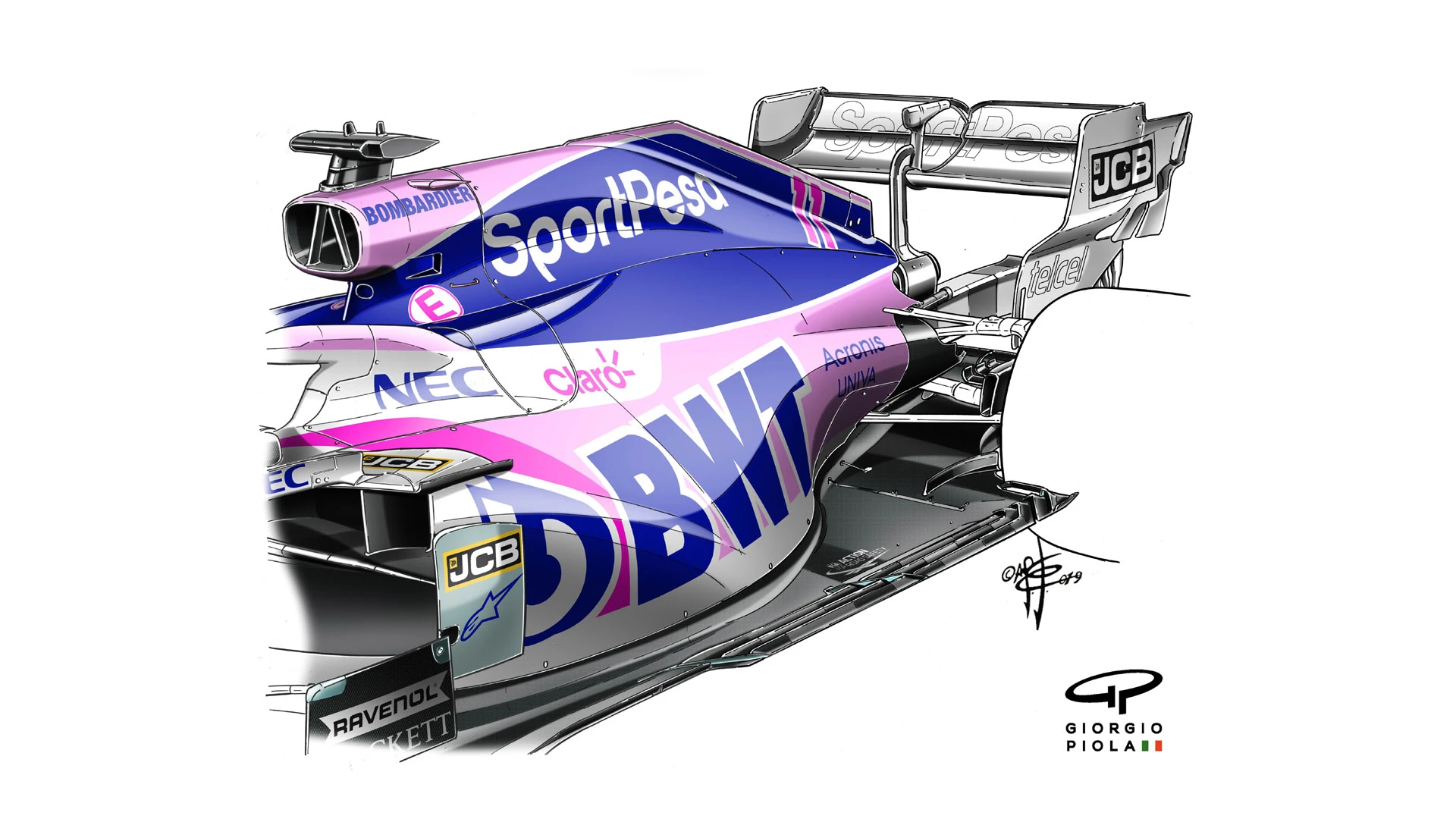
The typical 2019 sidepod looked quite different to those of just two years ago. Red Bull began the trend – which in 2019 became almost universal – of moving the undercut from the front of the sidepod to within the ‘coke bottle’ section at the back. The undercut induces an air pressure change that accelerates the airflow. Moving it rearwards allows more space for the radiators and other cooling apparatus at the front of the sidepod to be mounted further down, helping reduce the centre of gravity height.
Pushing everyone further in this direction was the fact that the 2019 aero regs made it more difficult to achieve a good outwash – the flow that has come around the front wheels that aerodynamicists try to keep out away from the body – and so there has been a tendency to narrow the sidepods. That way the outwash has less chance of interfering with the body sides. By narrowing the sidepods, obviously it leaves less room for a significant undercut at the front, its widest section.
2. Outboard vs inboard loaded front wings
Two divergent solutions to the simplified 2019 front wing regulations emerged. With the hugely complex endplates that had previously proliferated banned for this year, aerodynamicists had to find a new way of achieving a good ‘outwash’ airflow. It’s crucial that the turbulent airflow that is directed around the front wheels remains outboard of the body down the whole length of the car. If it gets sucked towards the body sides, it slows that parallel airflow down and can even be sucked under the floor, compromising that flow too. The way the front wing induces the flow around the tyre is the starting point for achieving that aim.
READ MORE: The differing front wing designs of Mercedes, Ferrari and the rest of the 2019 grid
The unloaded outboard wing (as favoured by Ferrari, Alfa and Toro Rosso, for example) achieves that by bunching up the wing’s elements at the outboard end, not using the full permitted depth of element. In this way the airflow’s energy is not being used up in creating a lot of direct front downforce on the elements, and that energy can instead be used to help turn the flow around the wheels with more force.
The loaded outboard wing (as favoured by Mercedes and Red Bull) uses full-depth elements at the outboard ends together with a big ‘throat’ area beneath which helps create flow conditions that allow the air to be turned. The turning force induced by this wing will be less, but its greater area of element should ensure more direct front downforce. The inboard ends of the element are instead contoured in such a way as to induce a powerful flow through to the barge boards, some of the vanes of which are then angled in a way to induce outwash flow that meets up with the flow that had been guided around the wheel, helping pull it back with more force.
3. Boomerang vanes
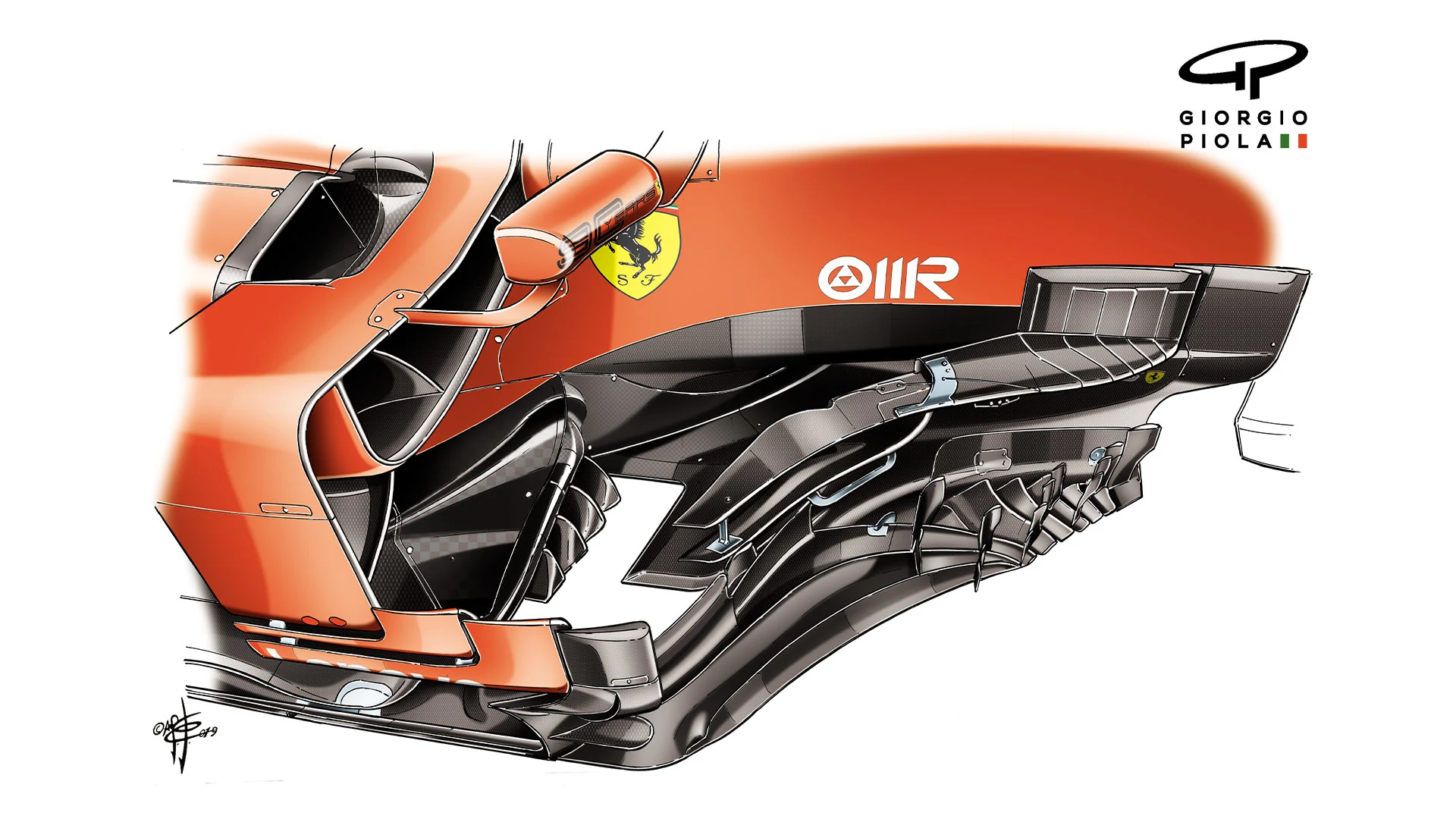
Almost every barge 2019 barge board eventually acquired a big lateral vane running across the top of the smaller vertical vanes. Because of its shape it became known as the boomerang. It was first used by Mercedes in 2017 but probably became more powerful under the 2019 regulations which reduced the permitted height of the barge boards. The boomerang vane actually creates localised lift (the opposite of downforce) which sounds counter-productive. But in doing so, it induces a pressure field that the oncoming airflow coming through inboard of the wheel seeks to avoid, turning it outwards. Which is exactly where it is needed in order to help boost the outwash airflow.
4. Articulated suspension pushrods
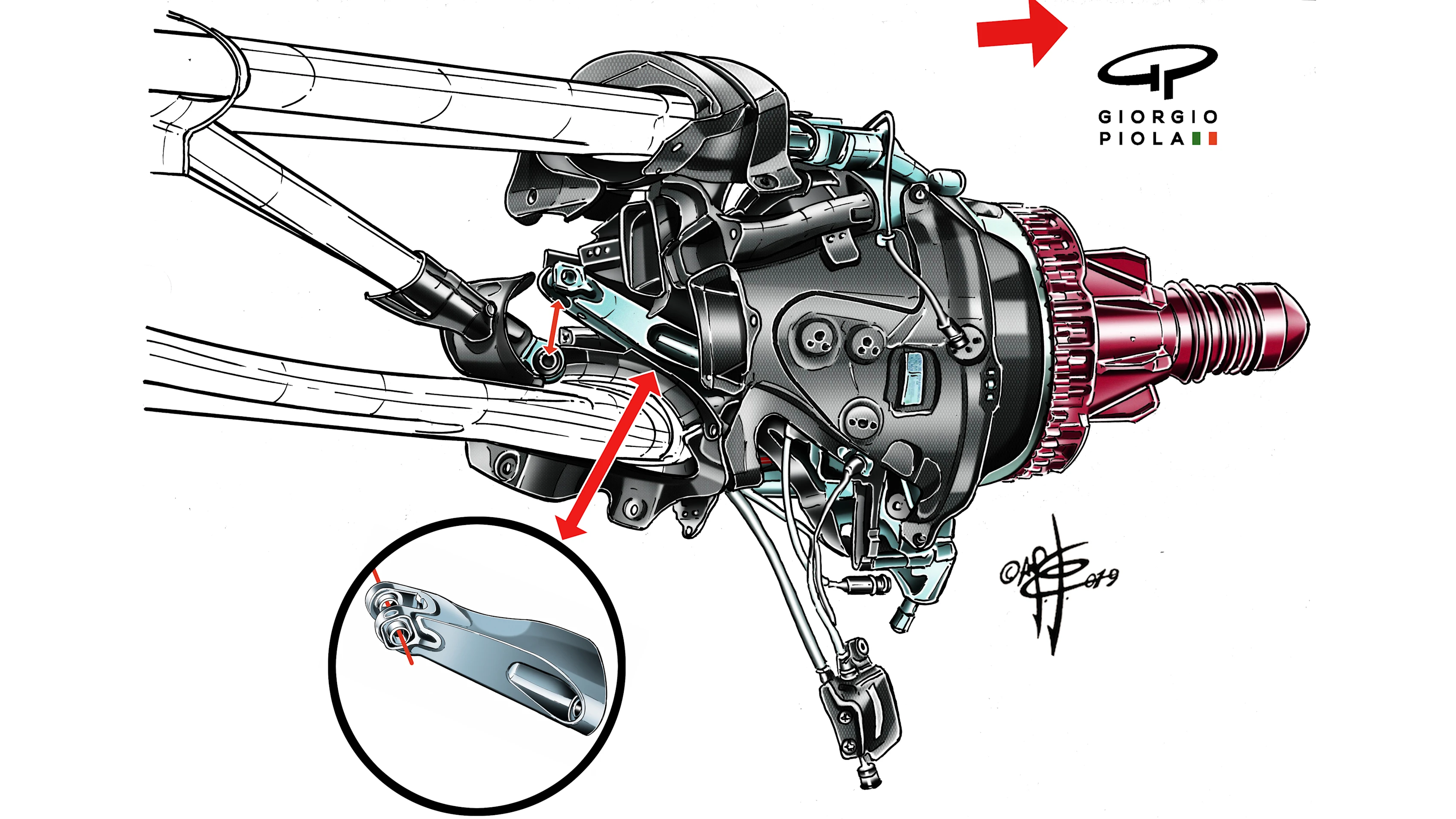
Ferrari is believed to have been first with this innovation, in 2017. It became near-universal in 2019. A bracket mounted towards the outboard end of the front suspension’s pushrod changes the load path past a certain steering lock threshold. Which means that on high lock the pushrod articulates downwards, levering the whole nose of the car down. This gives an aerodynamic benefit at the sort low speed corners on which high lock is used.
READ MORE: The key factor behind the big increase in speed at Monaco revealed
5. Blown wheels
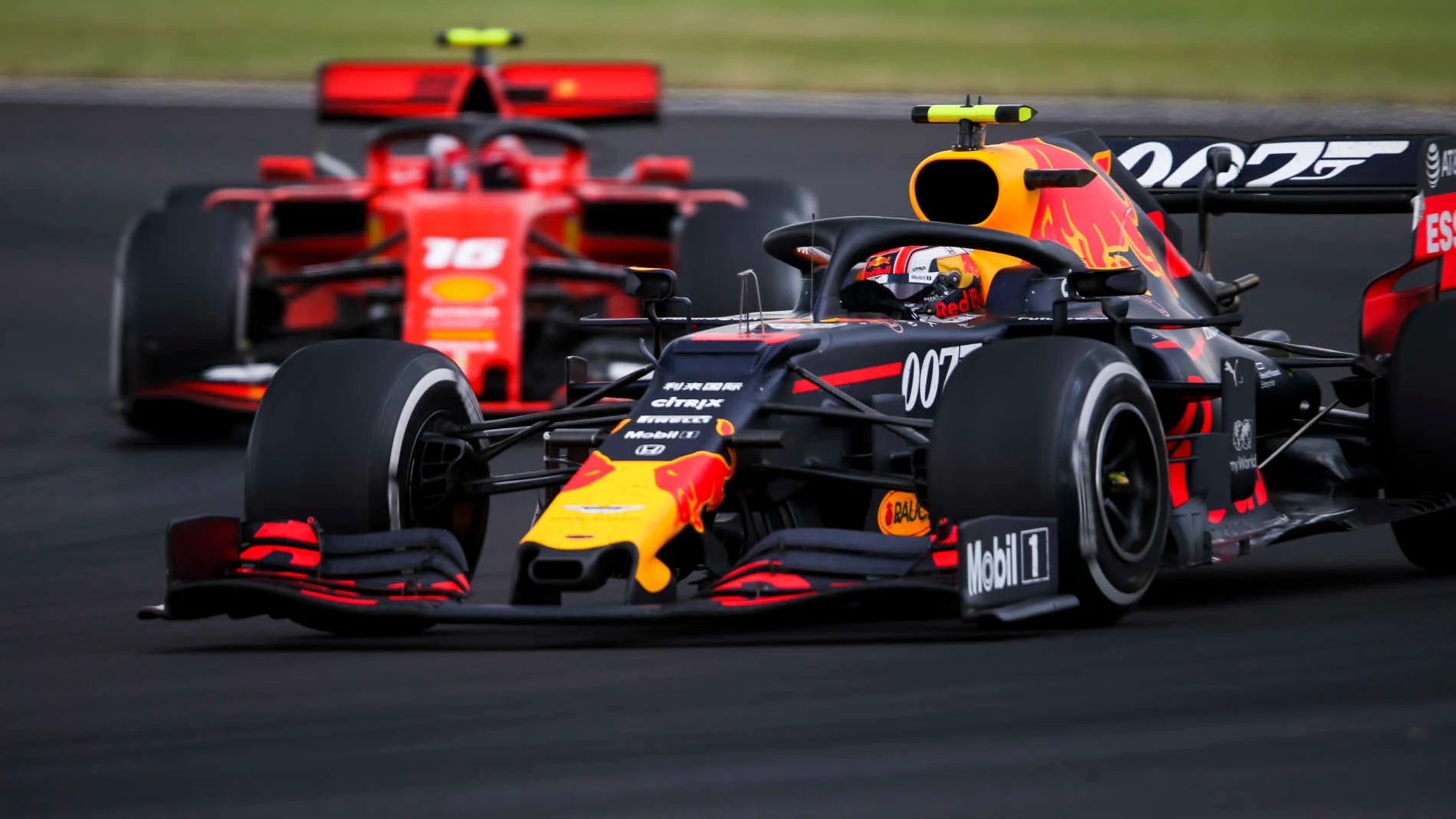
Blown front axles were banned in the 2019 regulations. Previously, teams would direct airflow through a hollow axle, bringing a high-pressure jet of airflow out to meet up with the flow coming around the front wheel, thereby boosting the power of the vital outwash. Red Bull, Renault and Ferrari all sought to compensate for this by fashioning their wheel rims to induce a flow through the wheels, with cut-outs on the inner faces of the wheelrims.
Next Up
Related Articles
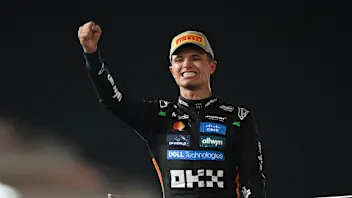 The elite group Norris joins as McLaren World Champion
The elite group Norris joins as McLaren World Champion WATCH: F1 Animated returns for a look back at 2025
WATCH: F1 Animated returns for a look back at 2025.webp) End Of Year Reports 2025Aston Martin’s best and worst moments from 2025
End Of Year Reports 2025Aston Martin’s best and worst moments from 2025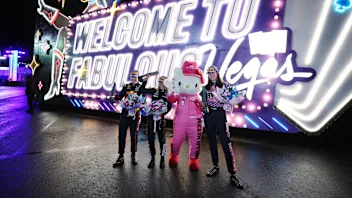 F1 AcademyThe best off-track stories of the F1 ACADEMY season
F1 AcademyThe best off-track stories of the F1 ACADEMY season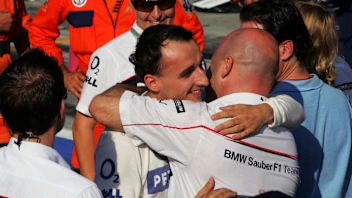 Sauber’s best moments and most memorable liveries in F1
Sauber’s best moments and most memorable liveries in F1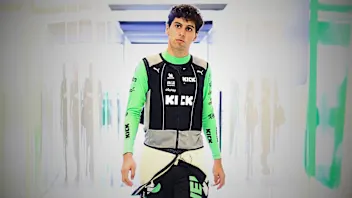 ExclusiveBortoleto on his rookie year and Audi excitement
ExclusiveBortoleto on his rookie year and Audi excitement